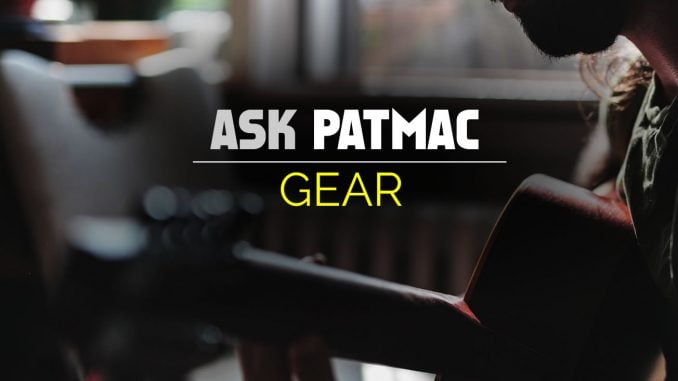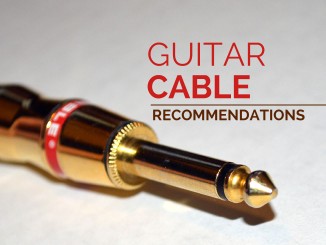
Question
How do I measure signal latency to improve my real-time use of modeling software?
Answer
If you use modeling software like Amplitube in real-time, you will need to understand signal latency. The round-trip latency (RTL) is the time from when the signal is input to your audio interface to the time it is output to your monitors or headphones. In other words, it’s the delay before the monitors play your signal. It is measured in milliseconds and the goal is for your latency to be as small as possible.
Software to Measure Signal Latency
There is a great utility called RTL Utility by oblique audio that I use to measure my audio interface’s round-trip latency. that I use to test my interface latency. There are instructions on the webpage that I linked. First you’ll need to physically connect your output to your input so it can send the signal and hear it. Next, you select your audio device and configure its settings. Last, you click “Measure RTL” and read the measurement.
Example Real-Time Latency Test Results
Below is a figure showing a test of my old Rig Kontrol 3 interface using a 44.1kHz sampling rate and a 48 sample buffer. As you can see, my RTL measured 8 milliseconds. This is a good number because it gives you some margin for your modeling software or DAW. With other settings, I can get under 7ms with this audio interface. After I measured by base RTL, I replaced the “loopback cable” with my cheap but effective wireless system [affiliate link] and measued an increase of 12ms (as advertised). Some of the best USB interfaces (like the RME Babyface [affiliate link]) can give you a 3ms latency.
As a rule of thumb, you’ll want this to be under 10ms when playing live so there is some margin for additional latency from modeling software (Amplitube), wireless systems, etc. You may start to notice a delay when your RTL rises above 15-20ms.

Improving Real-Time Latency
To improve latency, lower the buffer as low as you can. If you hear drop-outs when playing, you probably need a larger buffer. Raising the sampling rate also lowers the audio interface latency; however, it may increase the latency of your DAW / modeling software since you’re increasing the amount of data is must process.





Leave a Reply